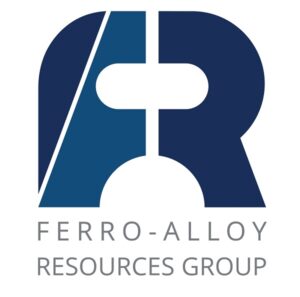Iron and steel, comprising steel and pig iron, are alloys where iron and carbon are the primary elements. These materials are the most extensively used in industrial applications. Adding vanadium to steel significantly enhances its properties due to vanadium’s strong affinity for carbon, nitrogen, and oxygen, forming stable compounds with these elements.
In steel, vanadium typically exists as its carbide, playing a crucial role in refining the structure and grains of the steel. This refinement process decreases the steel’s sensitivity to overheating while simultaneously increasing its strength and toughness. During the heat treatment of steel, vanadium combines with carbon and nitrogen to produce compounds that effectively prevent grain growth. This results in hot-processed steel with a fine structure at room temperature, boasting high strength, good plasticity, and toughness.
When austenite is dissolved at high temperatures, the hardenability of the steel is increased. However, the presence of carbides reduces this hardenability. Vanadium also enhances the tempering stability of quenched steel and induces a secondary hardening effect. By refining the grains, vanadium improves the strength, yield ratio, and low-temperature toughness of the steel after normalizing. Additionally, it enhances the welding performance of ordinary low-alloy steel.
Vanadium is often used in combination with other elements such as manganese, chromium, molybdenum, and tungsten in structural steels. Under typical heat-treatment conditions, this combination helps reduce the steel’s hardenability, making vanadium a valuable addition in the production of high-performance steel materials.
Ferro-Alloy Resources Ltd (LON:FAR) is developing the giant Balasausqandiq vanadium deposit in Kyzylordinskaya oblast of southern Kazakhstan. The ore at this deposit is unlike that of nearly all other primary vanadium deposits and is capable of being treated by a much lower cost process.


